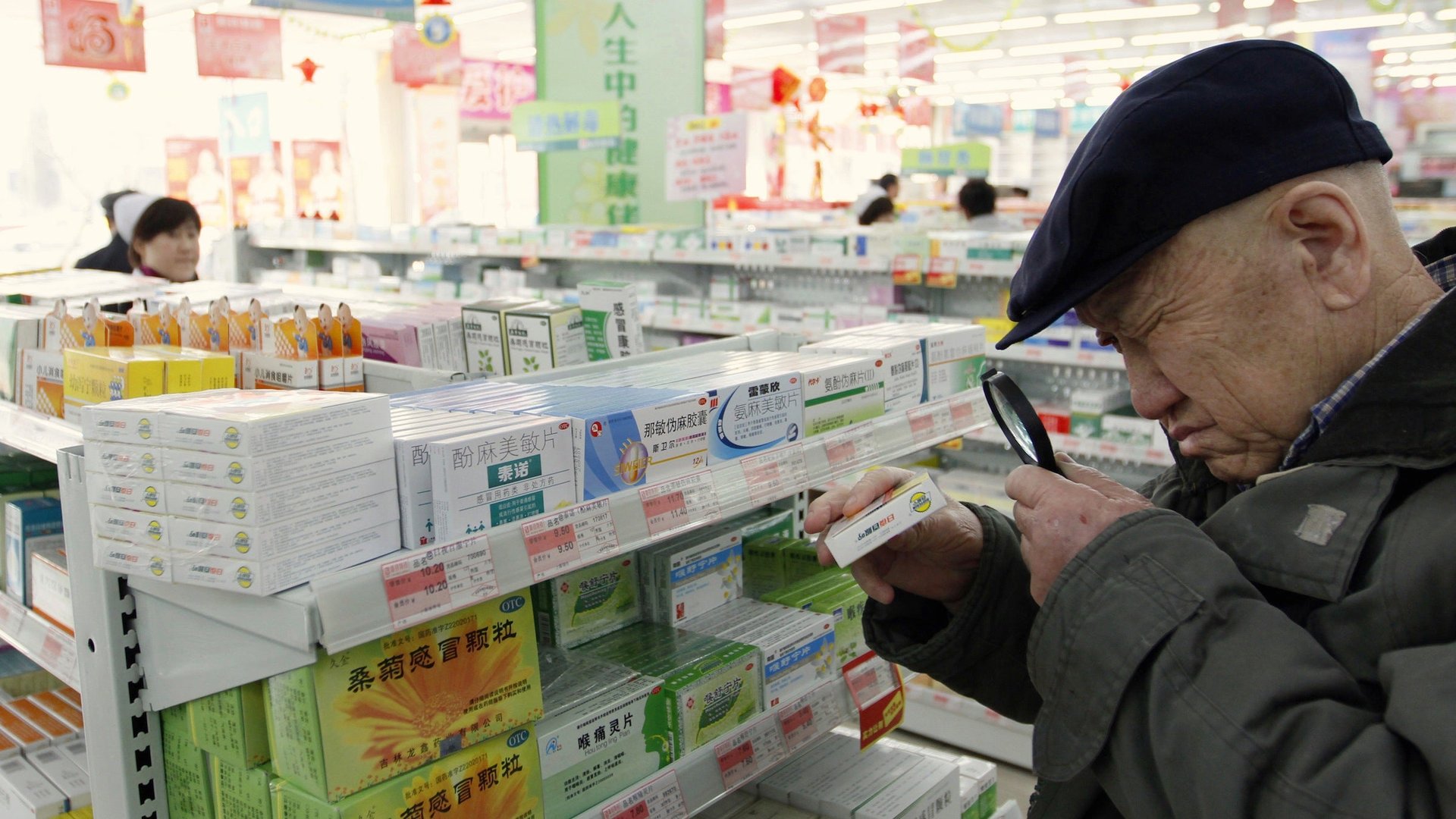Why make new antibiotics when no one is paying for them?
Bacteria are evolving into drug-resistant superbugs, and the number of effective antibiotics continues to dwindle. Yesterday, the World Health Organization announced that the issue of antibiotic resistance “is so serious that it threatens the achievements of modern medicine,” and predicted a “post-antibiotic era—in which common infections and minor injuries can kill.”


Bacteria are evolving into drug-resistant superbugs, and the number of effective antibiotics continues to dwindle. Yesterday, the World Health Organization announced that the issue of antibiotic resistance “is so serious that it threatens the achievements of modern medicine,” and predicted a “post-antibiotic era—in which common infections and minor injuries can kill.”
With precious few new antibiotics anywhere close to entering the market, the situation looks dire. One possible solution was proposed in a February report by Kevin Outterson, a health policy expert at the Boston University School of Law. Outterson argues that companies should be given upfront payments for newly approved antibiotics (by way of a patent buyout prize or licensing agreement from the government), instead of having to rely on traditional revenue.
This “delinking” of antibiotics from their future sales potential makes a lot of sense. The reason that pharmaceutical companies aren’t focusing their research on the much-needed drugs is simple: Antibiotics aren’t money-makers in the same way as other treatments. The greatest hope for the longevity of a new antibiotic is that its sales will be low, to reduce the chances of bacteria becoming resistant to it.
Antibiotics are, by design, prescribed and marketed to as few people as possible—because if pharmaceutical companies tried to promote their increased use, they’d only contribute to greater antibiotic resistance. And for the same reason, antibiotics are usually only taken for a fairly short time before they become ineffective.
The global antibiotics market pulls in around $40 billion a year. But the cost of failing antibiotics is high: Antibiotic resistance costs an estimated $26 billion a year in the US (pdf) and around $1.2 billion in the EU (pdf). So there’s little incentive to look ahead to the next doxycycline, when that process will inevitably be a race with the bacteria evolving to beat doxycycline. The prospect of developing drugs for this quickly shifting market is less than appealing for large drug companies, which are increasingly focusing on specialization—targeting one major, lucrative sector of the drug world—in order to survive. That’s where Outterson’s incentive payment plan comes in.
But subsidizing big pharma—even to make essential drugs—might be a hard sell to the public. “If you’re of the persuasion that government intervention in this sort of thing isn’t right,” Don Ganem, head of infectious diseases at the Novartis Institutes for BioMedical Research, told Nature Magazine, “then you’re going to ask, ‘Why are we paying tax dollars to support what is already a profitable industry? Any delinked model is going to suffer from that political problem.”
Correction: A previous version of this piece stated that the global antibiotics market is worth $40 million a year. In fact, the value is $40 billion.